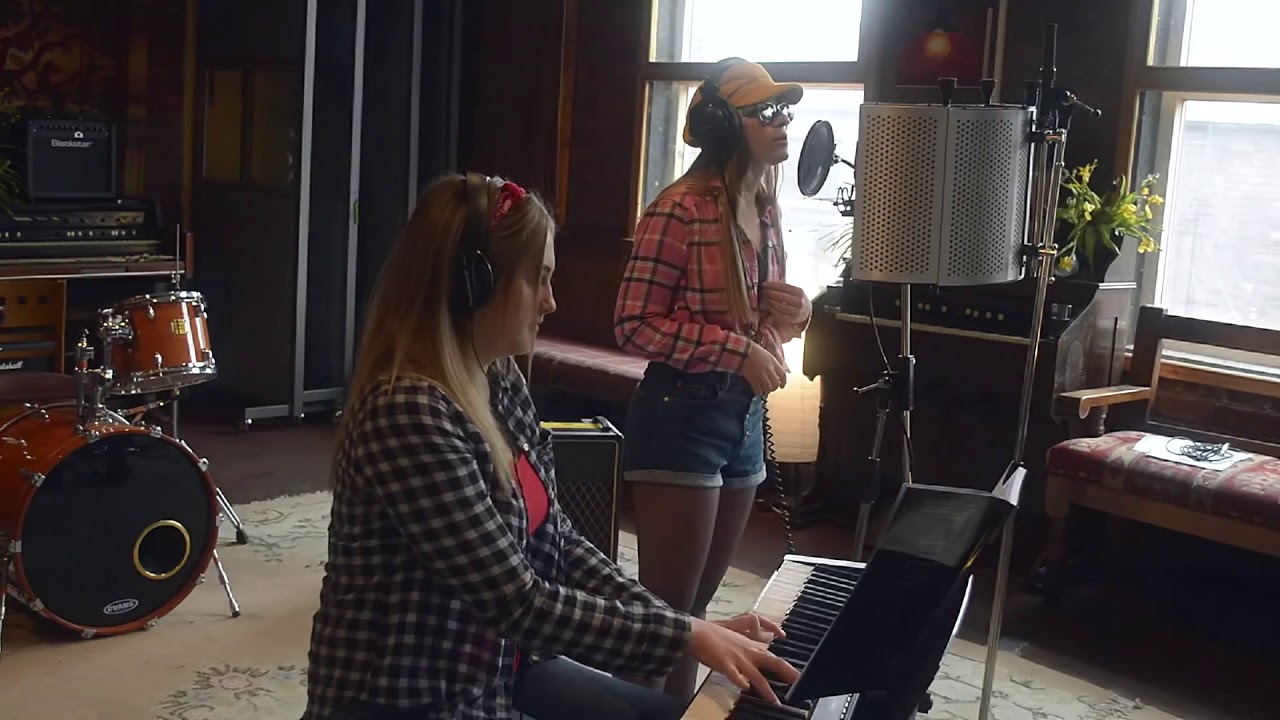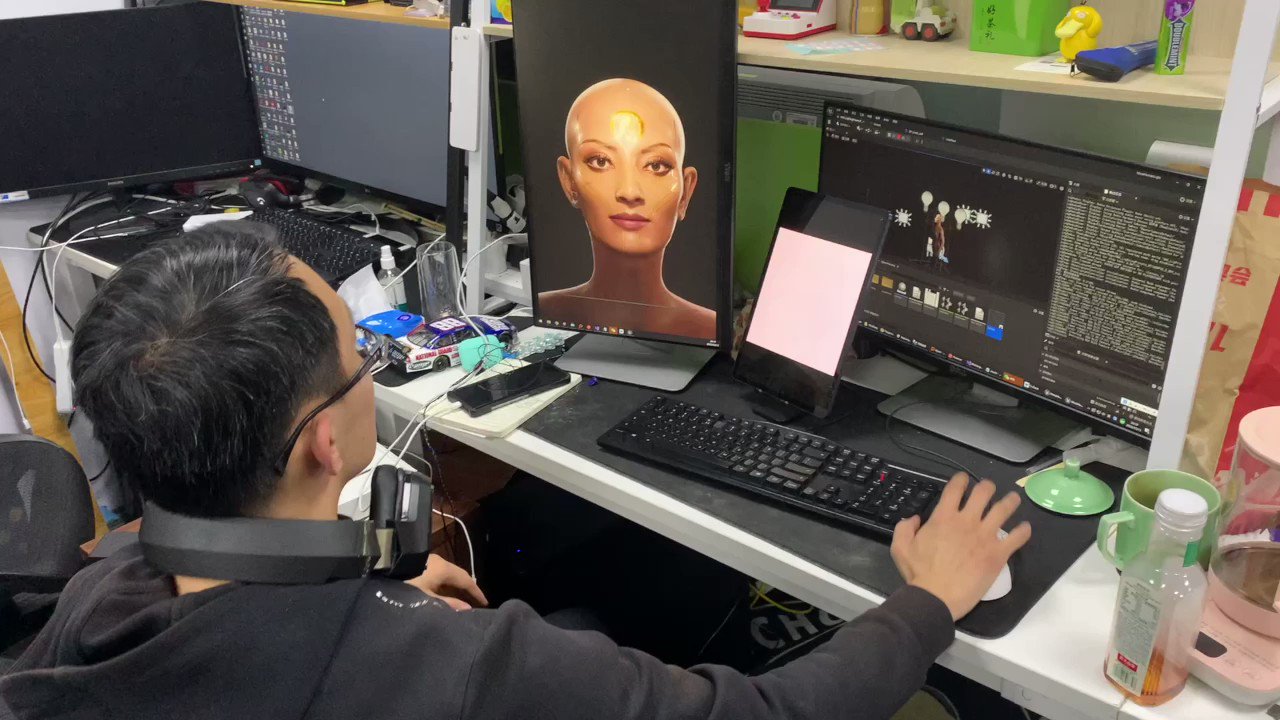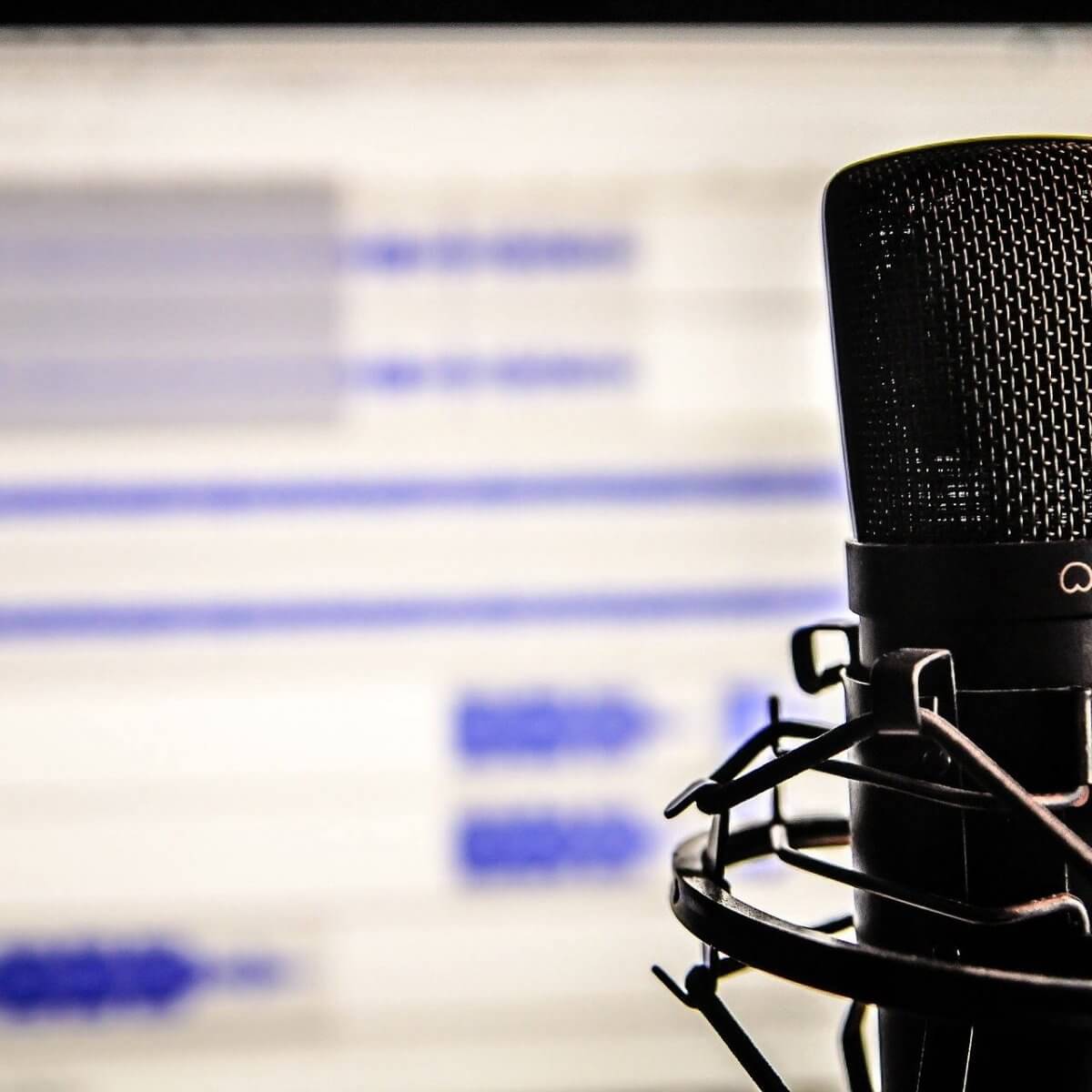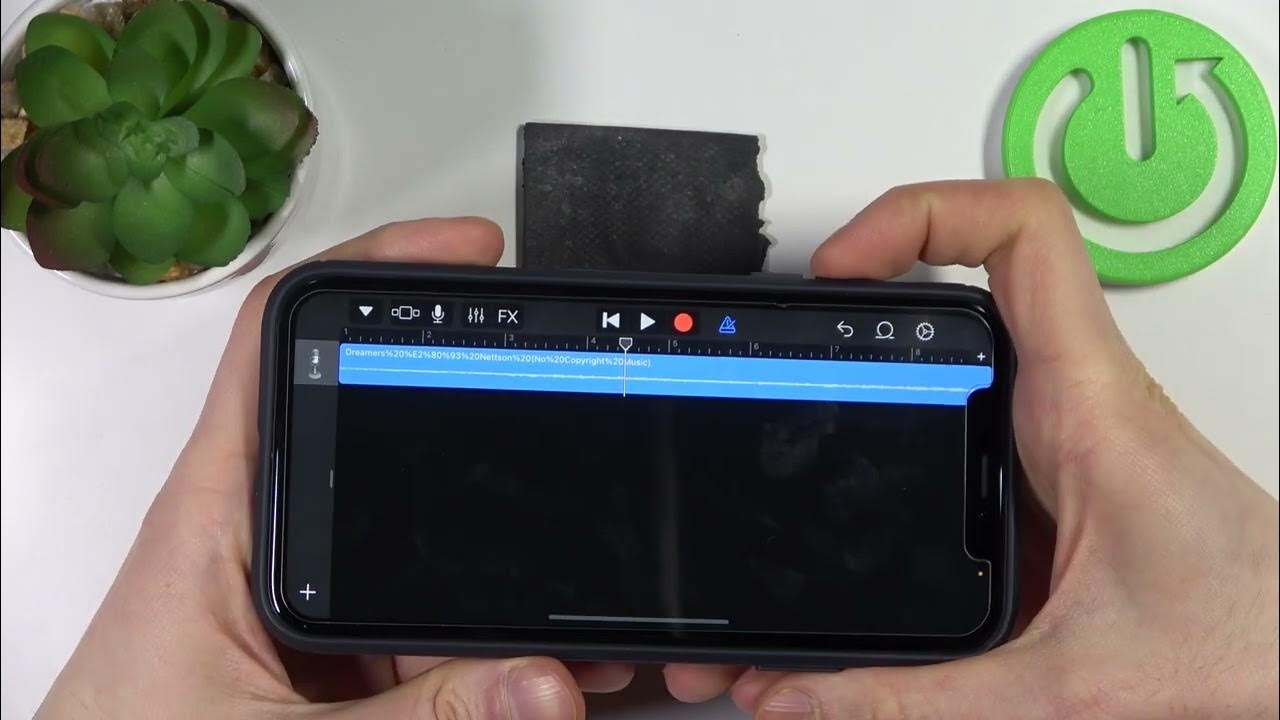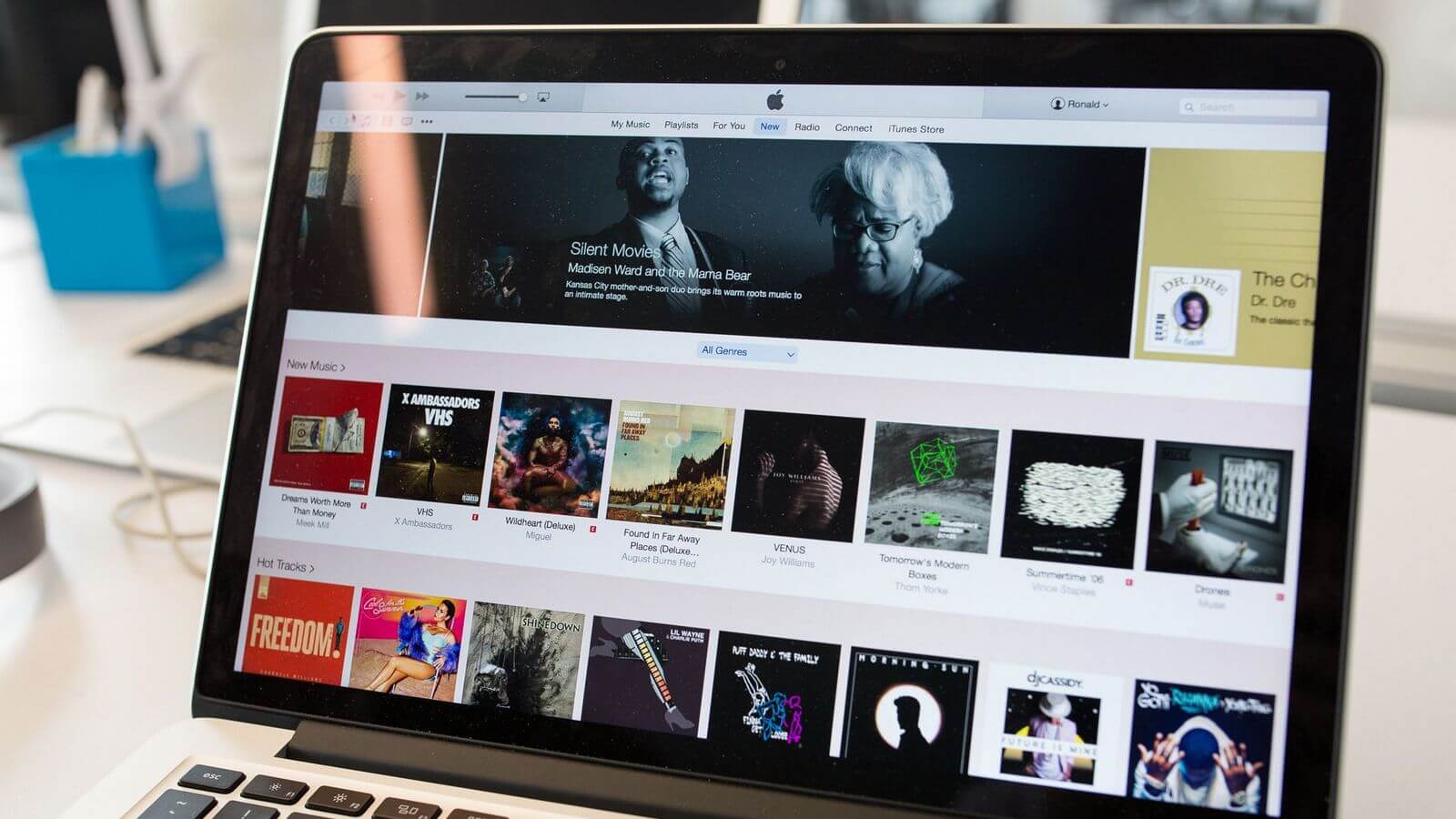Home>Production & Technology>Cover Song>How To Get A Cover Song License


Cover Song
How To Get A Cover Song License
Modified: January 22, 2024
Learn how to legally obtain a cover song license and avoid copyright infringement. Simplify the process of getting permission to release your own version of popular songs.
(Many of the links in this article redirect to a specific reviewed product. Your purchase of these products through affiliate links helps to generate commission for AudioLover.com, at no extra cost. Learn more)
Table of Contents
Introduction
Music has the power to connect people, evoke emotions, and create memorable experiences. One way artists express their love for music is by performing cover songs. Cover songs are renditions of existing songs that offer a unique interpretation by another artist or band. They provide a fresh perspective, breathe new life into familiar melodies, and allow artists to pay homage to their musical influences. However, before releasing a cover song, it is crucial to understand the legal aspects involved and obtain the necessary licenses.
When an artist records and releases a cover song, they need to secure the appropriate licenses to ensure they are legally allowed to use the original song’s composition and lyrics. Failure to obtain these licenses can lead to legal complications, copyright infringement claims, and financial penalties.
In this comprehensive guide, we will delve into the intricacies of obtaining cover song licenses. We will explore the different types of licenses, the process of securing them, and the importance of royalty payments. Whether you are a budding artist looking to make your mark with a unique cover song or a seasoned musician seeking to expand your repertoire, this article will provide you with the vital information you need to navigate the world of cover song licensing.
Understanding Cover Song Licenses
When you decide to record and release a cover song, it’s crucial to understand the concept of cover song licenses. Essentially, a cover song license grants you the legal right to use someone else’s copyrighted material. Each cover song consists of two main elements: the composition and the sound recording. As an artist, you must obtain two separate licenses to legally release your cover version.
The composition license, also known as a mechanical license, allows you to reproduce and distribute the original song’s underlying musical composition and lyrics. This license is typically obtained from the song’s publisher or the copyright owner.
The sound recording license, also called a synchronization (sync) license, grants you permission to use a specific recording of the song in your cover version. This license is acquired from the owner of the sound recording, which is often the record label or the artist who originally recorded the song.
It’s important to note that even if you make significant changes to a song or add your own artistic flair, you still need to secure cover song licenses. The original copyright holder maintains exclusive rights to the composition and sound recording, and you must obtain permission to use their intellectual property.
Now that we have a foundational understanding of cover song licenses, let’s explore the different types of licenses you need to obtain before releasing your cover version.
Types of Cover Song Licenses
When it comes to cover song licenses, there are several types you may encounter depending on your specific use case. Let’s take a closer look at the most common types:
- Mechanical License: As mentioned earlier, the mechanical license grants you the right to reproduce and distribute the musical composition and lyrics of a song. This license is necessary if you plan to release your cover version on a physical format (such as CDs) or make it available for digital downloads or streaming services. Mechanical licenses are typically obtained from the song’s publisher or through a designated mechanical licensing agency.
- Synchronization (Sync) License: If you intend to use a specific recording of a song in your cover version, you will need a synchronization license. This license allows you to sync the original song with your video content, such as in a YouTube cover video or a film. Sync licenses are obtained from the owner of the sound recording, which is often the record label or the artist who originally recorded the song.
- Master Use License: Sometimes, you may want to create a cover version that closely resembles the original recording in terms of sound and production. In such cases, you may need a master use license. This license grants you the right to use a specific master recording, including the actual sound recordings and any unique sonic elements, in your cover version. Master use licenses are typically obtained from the owner of the sound recording, such as the original artist or record label.
- Public Performance License: If you plan to perform your cover version in a public setting, such as at a live concert or on a radio station, you may need a public performance license. This license ensures that the song’s copyright holder receives proper compensation whenever the song is publicly performed. Public performance licenses are often obtained through performance rights organizations (PROs) such as ASCAP, BMI, or SESAC.
- Compulsory License: In some cases, you may be able to obtain a compulsory license for a cover song. A compulsory license allows you to record and distribute your cover version without obtaining direct permission from the copyright holder. However, there are certain conditions that must be met, such as ensuring that the song has been previously released and following specific regulations regarding royalty payments and reporting.
Understanding the different types of cover song licenses is essential to ensure that you obtain the appropriate permissions for your specific use case. In the next sections, we will explore in more detail the process of obtaining mechanical licenses, synchronization licenses, and the option of compulsory licensing.
Obtaining a Mechanical License
If you plan to release your cover version of a song through physical copies or digital distribution, you will need to obtain a mechanical license. This license grants you the right to reproduce and distribute the musical composition and lyrics of the original song.
The process of obtaining a mechanical license can vary depending on the country and the specific song you wish to cover. In some cases, you can obtain a mechanical license directly from the song’s publisher. However, navigating the world of music publishing can be complex, especially for independent artists.
One alternative is to work with a mechanical licensing agency that specializes in obtaining mechanical licenses, such as The Harry Fox Agency in the United States. These agencies facilitate the licensing process by acting as intermediaries between artists and publishers, ensuring that all necessary permissions and payments are handled correctly.
To obtain a mechanical license, you will typically need to provide the following information:
- The title and composer(s) of the original song
- The name and contact information of the artist or band covering the song
- The planned format of release (CD, digital download, streaming)
- The number of copies or streams you anticipate distributing
- The length of the song’s composition you are covering
- Details about any substantial changes you have made to the original composition
Once you have gathered all the necessary information, you can submit your mechanical license request to the publisher or mechanical licensing agency. It’s important to allow ample time for the license to be processed, as it can sometimes take several weeks or even months to obtain the necessary permissions.
After securing the mechanical license, you will be required to pay royalties to both the songwriter(s) and the publisher. The royalty rate is typically based on a statutory rate or a negotiated percentage of the sales or streams generated by your cover version.
Remember, obtaining a mechanical license is crucial to ensure that you are legally allowed to distribute your cover version of a song. It not only protects you from copyright infringement claims but also allows the original songwriters and publishers to receive appropriate compensation for their creative work.
The Process of Securing a Synchronization License
If you plan to use a specific recording of a song in your cover version, such as in a YouTube cover video or a film, you will need to obtain a synchronization (sync) license. A sync license grants you the right to synchronize the original song with your visual content.
The process of securing a sync license can vary depending on the song, the copyright holders involved, and the intended use of the cover version. Here are the general steps involved in obtaining a sync license:
- Identify the Copyright Holder: Start by identifying the copyright holder(s) of the song you wish to cover. This could be the songwriter(s), the music publisher, or the record label that owns the master recording. You can often find this information through performing rights organizations (PROs), music databases, or by contacting the publisher directly.
- Reach Out and Negotiate: Once you have identified the copyright holder, reach out to them to request a sync license. Provide details about your cover version, including the format of your content and how it will be used. It’s important to negotiate the terms of the license, including the duration of the license, territory, and any specific restrictions or usage guidelines.
- Agree on the Licensing Fee: The licensing fee for sync licenses can vary widely depending on factors such as the popularity of the song, the intended commerciality of your cover version, and the exposure your content may provide to the original song. The fee may be a one-time payment or a percentage of your revenue generated from the cover version.
- Obtain the License Agreement: Once you have negotiated and agreed upon the terms and licensing fee, the copyright holder will provide you with a license agreement. Make sure to carefully review the agreement, seeking legal guidance if needed, before signing it. The agreement will outline the specific terms of the license, including any usage restrictions or obligations.
- Make the Required Payments: After signing the license agreement, you will be responsible for making the agreed-upon payments. This may involve an upfront payment or ongoing royalty payments based on the usage and success of your cover version. Make sure to keep proper records of the payments made for future reference.
- Credit the Original Song: In most cases, when using a sync license, you will be required to credit the original song and its copyright holders. This can be done through proper attribution in the video or content description, as well as in other relevant metadata or promotional material associated with your cover version.
Securing a synchronization license can be a complex process, especially when dealing with popular or highly sought-after songs. It is essential to start the licensing process well in advance of your planned release to ensure you have sufficient time for negotiations and obtaining the necessary permissions.
Remember, a sync license not only protects you from legal complications but also ensures that the original copyright holders are properly compensated for the use of their intellectual property in your cover version.
Exploring Compulsory Licensing
Compulsory licensing is an option available to artists who wish to release a cover version of a song but are unable to obtain direct permission from the copyright holder. It allows you to record and distribute your cover version without securing individual licenses, as long as specific conditions and regulations are met.
The concept of compulsory licensing varies between countries, so it’s important to understand the regulations in your jurisdiction. In the United States, for example, the compulsory licensing provision is known as the “mechanical compulsory license” and is outlined in Section 115 of the U.S. Copyright Act.
To qualify for a compulsory license, certain requirements must be met:
- The song you wish to cover must have been previously recorded and released to the public. This means it should be available for purchase or streaming by the general public.
- You must ensure that your cover version stays true to the original song’s melody and lyrics. While you can add your own arrangement and artistic interpretation, significant changes may invalidate the use of a compulsory license.
- Proper royalty payments must be made to the original copyright holder. This typically involves paying mechanical royalties, which are a set rate per copy or stream of your cover version.
- Accurate reporting of the usage and distribution of your cover version must be provided to the copyright holder or the designated licensing agency. This helps ensure transparent royalty calculations and payments.
Although compulsory licensing can provide a more streamlined process for releasing cover versions, it is important to consider its limitations. Not all songs are eligible for compulsory licensing, and the regulations surrounding its use can be complex. Therefore, it’s advisable to consult with a music attorney or licensing professional to determine whether your desired cover version qualifies for a compulsory license and to ensure you comply with all necessary requirements.
Overall, compulsory licensing provides an option for artists who face challenges in obtaining direct permission for cover versions. It allows for broader access to copyrighted material while still ensuring that the original copyright holders receive appropriate compensation.
Seeking Permission from the Original Songwriter or Publisher
When it comes to cover songs, one of the most straightforward and preferred methods of obtaining a license is by seeking permission directly from the original songwriter or the music publisher. While this approach may require more effort and negotiation, it often provides artists with more flexibility and control over their cover versions.
Here are the steps to follow when seeking permission from the original songwriter or publisher:
- Identify the Copyright Holder: Determine the songwriter(s) and the music publisher associated with the song you want to cover. You can find this information through PROs, music databases, or by conducting research on the song’s credits.
- Reach Out and Make a Formal Request: Contact the copyright holder or the publisher directly, expressing your interest in covering the song. Describe your project, including details about your cover version, such as the format, release plans, and any significant changes you intend to make to the original composition. It’s important to make a clear request for permission and outline your willingness to negotiate licensing terms.
- Negotiate Licensing Terms: Once you establish communication with the copyright holder or publisher, the negotiation process begins. This involves discussing the terms of the license, including any fees, royalties, and usage restrictions. Be prepared to provide information about your anticipated sales, streams, or any other revenue-generating aspects related to your cover version.
- Agree on the License and Put It in Writing: Once you and the copyright holder or publisher have reached an agreement, it is vital to put the terms in writing. This can be in the form of a license agreement or a contract that details the permissions granted, the royalty rates, payment terms, and any other specific provisions related to your cover version.
- Make Payments and Follow Reporting Obligations: As per the agreed-upon terms, ensure that you make the necessary payments to the copyright holder or publisher. This may include upfront fees, ongoing royalties, or a combination of both. Additionally, be mindful of any reporting obligations, such as providing periodic sales or usage reports as specified in the license agreement.
- Obtain Written Proof of Permission: Finally, it is crucial to obtain written proof of permission from the copyright holder or publisher. This serves as evidence that you have the legal rights to release your cover version and can be useful in case of any disputes or copyright infringement claims in the future.
Seeking permission directly from the original songwriter or publisher gives you the opportunity to establish a relationship and potentially collaborate further. It also ensures that you have a clear understanding of the licensing terms and can adapt them to suit your specific needs as an artist.
While this approach may require more time and effort, it can be rewarding in terms of the artistic freedom it provides and the connection it establishes between the cover artist and the original creators.
Understanding Royalty Payments and Reporting
When releasing a cover version of a song, it is crucial to have a clear understanding of royalty payments and reporting obligations. It is essential to ensure that the original copyright holders receive appropriate compensation for the use of their intellectual property in your cover version.
Here are some key points to understand about royalty payments and reporting:
- Mechanical Royalties: Mechanical royalties are the fees paid to the original songwriter(s) and publisher for the reproduction and distribution of the musical composition and lyrics of the original song. The rate for mechanical royalties is often based on a statutory rate or a negotiated percentage per copy or stream of your cover version. These royalties are typically collected and distributed by organizations such as The Harry Fox Agency in the United States.
- Performance Royalties: Performance royalties are the fees paid to the original songwriter(s) and publisher when your cover version is publicly performed. This includes live performances, radio airplay, television broadcasts, and streaming services. Performance royalties are collected and distributed by performance rights organizations (PROs) such as ASCAP, BMI, or SESAC. As the cover artist, it is essential to ensure that the PRO has the necessary information about your cover version to properly track and distribute these royalties.
- Reporting Obligations: Depending on the licensing agreement or requirements set by the copyright holder or publisher, you may have reporting obligations. This includes providing sales or streaming reports that detail the usage and success of your cover version. Accurate reporting ensures transparent calculations and helps in the distribution of royalties to the respective copyright holders.
- Registering Your Cover Version: It is advisable to register your cover version with the appropriate organizations to ensure proper tracking and collection of royalties. This includes registering with the PROs for performance royalties and with mechanical licensing agencies for mechanical royalties. Keep copies of all licensing agreements, receipts, and communication related to your cover version for future reference.
- International Royalty Distribution: If your cover version achieves international success, it is crucial to understand how royalties are collected and distributed in different territories. Each country may have its own collection societies or organizations responsible for managing and distributing royalties. Working with a music publisher or global rights management organizations can help navigate the complex landscape of international royalty distribution.
By understanding how royalty payments and reporting work, you can ensure that you fulfill your financial obligations to the original copyright holders and maintain a transparent and respectful relationship with them. Proper reporting and documentation also protect you from potential legal issues and help you demonstrate your commitment to upholding copyright laws.
Conclusion
Cover songs offer artists an opportunity to showcase their talent, pay homage to their musical influences, and connect with audiences on a familiar and emotional level. However, before releasing a cover version, it is crucial to navigate the world of cover song licenses to ensure legal compliance and proper compensation for the original copyright holders.
In this comprehensive guide, we have explored the various aspects of cover song licensing. We learned about the different types of licenses, including mechanical licenses for reproducing the composition, synchronization licenses for using specific recordings, and public performance licenses for live performances and broadcasts.
We explored the options of obtaining licenses through mechanical licensing agencies, seeking direct permission from songwriters or publishers, and the possibility of compulsory licensing for eligible cover versions. We also discussed the importance of understanding royalty payments and reporting obligations to ensure that the original copyright holders receive their fair share.
Navigating the world of cover song licenses can be complex and time-consuming, but it is necessary to protect yourself as an artist and respect the rights of the original creators. It is essential to plan ahead, start the licensing process early, and consult with professionals, such as music attorneys or licensing experts, to ensure you follow the appropriate legal path.
Remember, obtaining the necessary licenses for your cover version not only safeguards you from legal complications but also demonstrates your commitment to respecting intellectual property and supporting the work of songwriters, publishers, and other copyright holders. With the right licenses in place, you can confidently release your cover songs and share your unique interpretations with the world.

